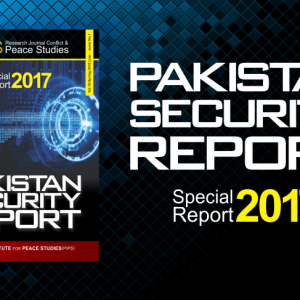Recover your password.
A password will be e-mailed to you.
Description
Key points:
Despite a 29% decline in terrorist attacks in 2018, Tehreek-e-Taliban Pakistan and its associated groups, which now includes ISIS’s local chapter, remains the most potent threat. They were followed by nationalist-insurgent groups, especially in Balochistan. Two suicide attacks by a Baloch secessionist group in 2018 are alarming, but these should not forego attempts of reconciling them, which National Action Plan (NAP) clearly calls upon. Any attempt of mainstreaming banned outfits should be undertaken by a proper mechanism, so as not to be seen as excluding those already mainstreamed. These are some of the major findings of the Pakistan Security Report 2018.
Table of contents:
- Foreword
- Overview of security in 2018: critical challenges and recommendations
Muhammad Amir Rana and Safdar Sial - Security landscape of Pakistan in 2018
Safdar Sial - Militant landscape of Pakistan in 2018
Muhammad Amir Rana - State responses: anti-militant operations
Safdar Sial - National Action Plan (NAP): progress, impediments and way forward
Ihsan Ghani - The gap between theory and practice of “Fourth Schedule”
Sher Ali Khalti - Competing with each other: AQIS and IS-K in 2018
Farhan Zahid - CPEC security in 2018
Anam Fatima - Karachi operations: five years on
Zia Ur Rehman - Military courts: sunset and beyond
Najam U Din - Reviving India-Pakistan Relations and Kashmir in 2018
Ershad Mahmud - The troubled Pakistan-Iran border
Muhammad Akbar Notezai - Annexures
- Timelines





Reviews
There are no reviews yet.